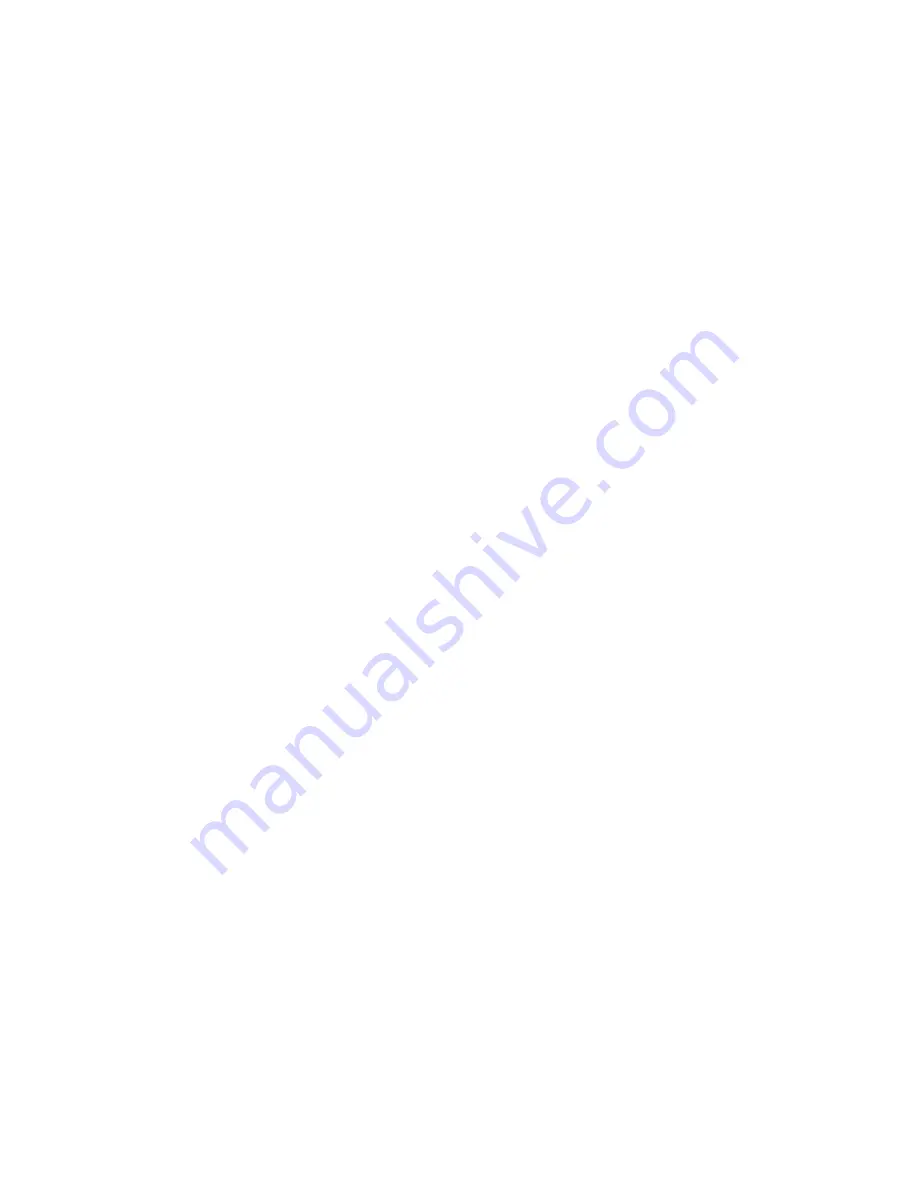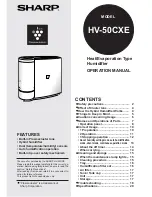
Reference CS010
Rev 1
Page 3 of 4
11/15/2012
INSTALLATION INSTRUCTIONS
CAUTION: COMPRESSED AIR CAN BE DANGEROUS
The Robo Drain is designed for trouble-free and
maintenance-free draining of unwanted accumula-
tions of condensation and other foreign matter from
any collection point in a compressed air system
without the need for electricity.
Before attempting to install the drain, be certain
that the pressure vessel on which the drain will be
installed is completely depressurized.
The drain should not be installed in areas that are
exposed to freezing temperatures (heater option is
available). Be certain the air system pressure does
not exceed the 250 PSI working pressure of the
drain and the pressure to the control system does
not exceed 120 psi. The inlet temperature should
not exceed 180 degrees F.
Connecting the drain to the air system should be
done by using one of the recommended installation
diagrams shown herein. The installation of a
strainer is not required or recommended.
Install the drain as close to the source to be
drained as possible. Since the Robo Drain uses
gravity to fill the reservoir, the entire drain must be
installed below the vessel to be drained when us-
ing the top inlet. If flexible tubing is used on the
discharge, be certain it is properly fastened to pre-
vent it from whipping when the drain discharges
the condensation.
The Robo Drain will accept condensation from ei-
ther the top or the bottom of the reservoir. We rec-
ommend the use of the top entry port. If the bottom
inlet is used, then a vent line must be used. The
vent line should be installed down stream from the
vessel that is being drained. This will insure that
the air in the reservoir will properly exit as the con-
densation fills the tank and replaces the air. Install
the vent line in the 1/8" port located on the side of
drain. The other end of the vent line should be run
back to the air system to a point just down stream
from the source that is being drained. Use nongal-
ling pipe sealant on all joints. The use of shut-off
valves, unions and bypass valves is recom-
mended. A backup wrench should be used on the
discharge ball valve to prevent it from turning and
causing the linkage to bind.
The inlet port that is not used must be plugged by
using a standard 3/4" NPT plug. When using the
top inlet, any reduction in the 3/4" pipe size is not
recommended and the Robo Drain reservoir
cannot be higher than the bottom of the vessel that
is being drained. It is best to run the drain in a
downward pitch from the bottom of the vessel be-
ing drained to the Robo Drain inlet The power to
operate the Robo Drain comes from compressed
air.
ONLY CLEAN DRY AIR SHOULD BE USED.
The supply pressure should be between 80 and
120 psig. The Robo Drain is supplied with an inlet
filter, which should be installed in the Robo Drain
head (reference Dwg. 2 on page 4). The use of
unfiltered air can cause the drain to fail.
Once the drain is installed, close the By-Pass drain
valve and open the Shut-Off valve. The pressure
vessel can now be repressurized.
CHECKING THE DRAIN'S OPERATION
After installation is complete and the drain is on
line, a check should be made that the condensa-
tion is properly entering the reservoir. This can
easily be done by looking through the translucent
reservoir.
If condensation is not entering the reservoir, check
for the following:
1. Make sure the auxiliary shut-off valve is open.
2. Do not use the bottom inlet on the Robo Drain
without installing a vent line.
3. If a vent line is installed, make sure it is down
stream from the vessel that is being drained.
4. Be certain that the Robo Drain reservoir is not
higher than the vessel that is being drained.
This is very important when using the top inlet
on the Robo Drain reservoir.
5. Check to make sure the vessel being drained
has condensation in it.
If the top inlet is being used and no condensation
is entering the Robo Drain reservoir, and all the
above items have been checked, we recommend
that the bottom inlet be used with a vent line out of
the top.
If condensate fills the reservoir and the drain does
not operate, check to see if control line air is sup-
plied to control line port. If the drain is supplied with
an optional test button, the supply of control line air
can be checked by pushing the test button. If the
unit does not operate, then no air is being supplied
or the inlet filter is plugged.
Summary of Contents for Sahara-Pak HC-1260
Page 40: ...INSTRUCTION MANUAL Model HC Reference 219 Rev 2 Page 40 of 46 06 20 2013 SECTION 4 WARRANTY...
Page 50: ......
Page 87: ...INSTRUCTION MANUAL Model HC Reference 219 Rev 2 Page 45 of 46 06 20 2013 SECTION 7 CUT SHEETS...
Page 128: ...INSTRUCTION MANUAL Model HC Reference 219 Rev 2 Page 46 of 46 06 20 2013 SECTION 8 DRAWINGS...
Page 129: ......
Page 130: ......
Page 131: ......
Page 132: ......
Page 133: ......
Page 134: ......
Page 135: ......
Page 136: ......
















































